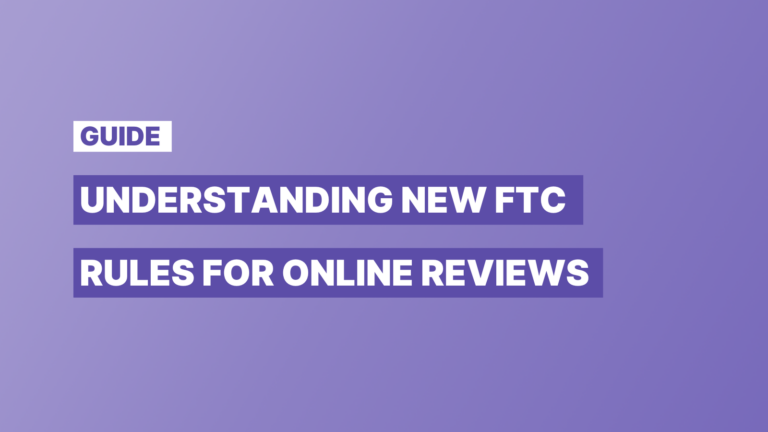Since the start of the pandemic, the multifamily industry has been through the ringer. From weathering COVID restrictions, concerns around residents’ ability to pay rent due to income loss, work from home challenges and so much more.
But through the last two years, multifamily has not only survived – it has thrived. The national vacancy rate has dropped more than 13% year-over-year and demand is high.
So, given the upheaval since the start of the pandemic, this is the ideal time for property managers to take the pulse of their communities. How are your residents doing? What are you doing right? How could you improve your apartment community?
The best way to get the answers to these questions is simple: ask. And the best way to ask is through a resident satisfaction survey.
Figure out why you want to do a resident survey, what you want to get out of it, and how you’ll conduct it before you start coming up with questions to ask. Here are some tips.
Think things through.
Writing the resident survey is actually the last step. Before getting into that part, ask yourself why you want to do a survey in the first place. Some reasons could include:
- Assessing your residents’ satisfaction and loyalty
- Getting feedback on apartment amenities and other community features
- Long-term goal setting
- Measuring resident engagement
Figure out what you want to learn.
Next, identify a clear objective for your resident survey and what you plan to do with the data. Here are some questions to consider:
What is the specific reason for your survey? Let’s use churn as an example. If you notice an increase in residents who are choosing not to renew their lease, the objective of your resident survey would be to learn what’s causing the churn.
How will you use the information you collect? Once you’ve analyzed the results, you need to determine what you’ll do with the resident survey data. Using the example above, you could share it with your team to help improve customer service, with prospective residents to help with your apartment marketing, or with leaders to fund enhancements to the community, or all of the above.
What will you change based on the resident feedback you receive? Asking questions is just the beginning. After surveying your residents and digesting the results, it’s time to determine any changes that need to be made in order to combat the churn.
Identify the best group for you to survey.
Once you’re clear on your objectives, the next step is determining who you’ll survey. Continuing with the churn example above, you’ll want to survey residents as they’re preparing to move or after they’ve left. If you want to assess your apartment leasing process, the best people to ask are those who’ve moved in recently.
Who you’ll survey will also help to dictate how you’ll reach your targets. Online resident surveys are effective across the board, but some apartment communities choose to use printed surveys for those who are moving out, for instance.
Write your resident satisfaction survey.
Longer surveys have a lower completion rate, so keep it focused on what’s truly important. Ideally, your resident survey should be a mix of open-ended questions and a rating scale. Yes and No questions are the easiest to answer, but their usefulness is limited when looking for guidance on how to improve your apartment community.
Apartment communities should aim to conduct a resident general satisfaction survey at least once per year, but there are reasons for additional, more detailed resident surveys on more specific topics, like our churn example. The key is to respect your residents’ time, so think carefully about what you want to ask and how you will use the resident survey results.
For ideas on what to ask, check out this post.
Report your findings.
The resident survey data you receive should be actionable and informative. In order to maximize the usefulness of the results, it’s smart to put it into a format that’s easy for you and the other stakeholders in your community to refer back to. These are key sections that should go into your report:
Objectives. Give a brief overview of why you conducted the resident satisfaction survey, what you hoped to find, and what stakeholders should take away from it.
Methodology. Demonstrate the process you used for the resident survey so it can be easily repeated in the future.
Executive summary. In a page or two, explain your key findings and the actions you’ll take based on the feedback you received.
Detailed findings. This is where you’ll get into the particulars of your resident survey results. Present your findings using a spreadsheet, charts or infographics.
Make a commitment to your community with resident satisfaction surveys
Resident satisfaction surveys can reveal valuable information about your apartment community that you can use to make it an even better place to live. But creating the survey is only one step in the process.
Respage has just introduced a new Surveys and Star Ratings Platform that can do the heavy lifting for you. It’s the most robust survey offering in Multifamily. Watch this quick video and contact us to learn more!






